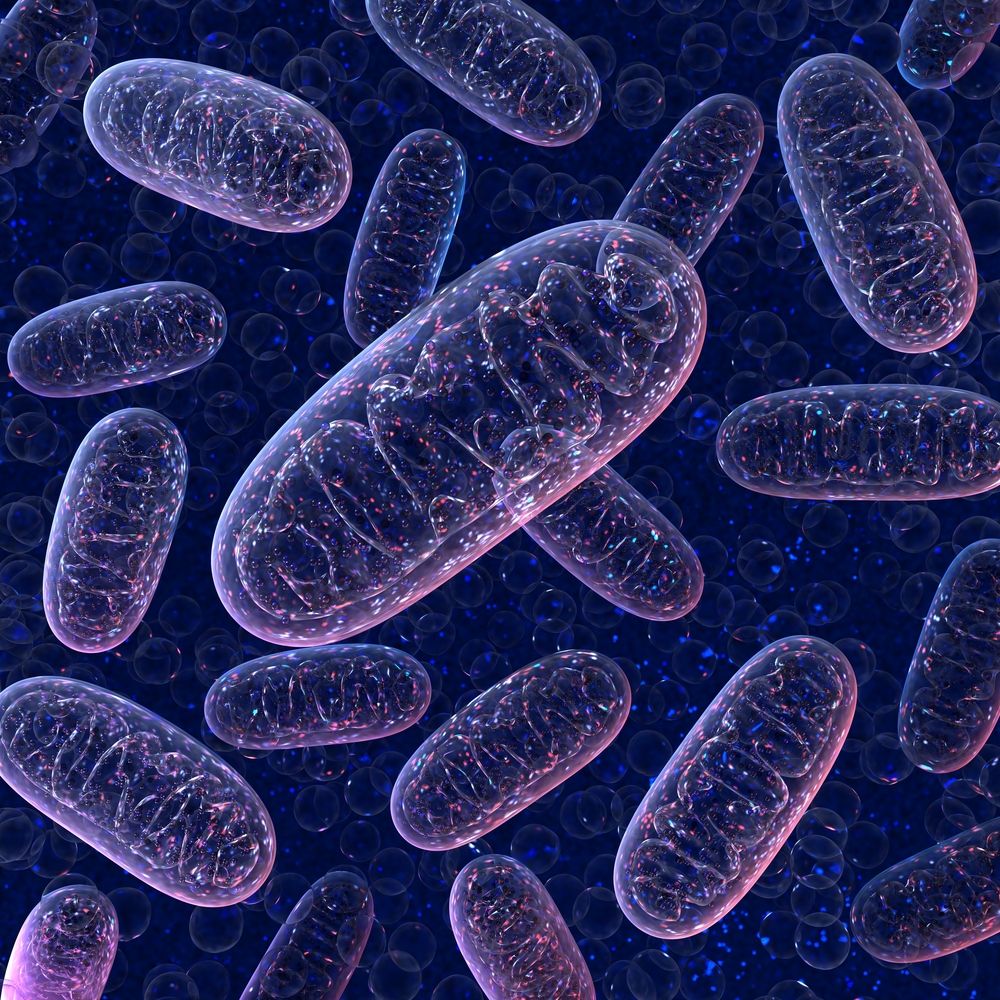Understanding Implantation Failure from a Biological Perspective
Implantation failure is a commonly cited cause of infertility. Some causes of implantation failure include uterine anomalies, male factor infertility, and embryonic factors, such as chromosomal abnormalities, genetic mutations, or factors associated with energy production and stress response. Pre-implantation genetic testing (PGT) has improved live birth rates and reduced miscarriage rates remarkably, but physicians are still trying to understand why some chromosomally screened embryos fail to implant. Mitochondria, which are the primary energy source of cells, have been suggested to play a role in embryonic competence.

During her three years spent as a reproductive endocrinology fellow at RMA of New York, Dr. Taraneh Nazem encountered many patients who had experienced recurrent pregnancy loss or miscarriages as a result of implantation failure. Dr. Nazem is a compassionate physician-scientist who has dedicated her career to research in reproductive health that can ultimately improve outcomes for patients. Led by her curiosity in the mechanisms responsible for implantation failure and her desire to improve patient care, Dr. Nazem conducted a study aimed at characterizing mitochondrial activity of human embryos on the single-cell level to determine the relationship between mitochondria and embryonic quality. The study, which was the first of its kind, demonstrates that chromosomally normal (euploid), faster growing embryos derived from younger patients possess higher mitochondrial content, which might represent an increased probability of embryonic competence. Dr. Nazem concluded that mitochondrial activity may be a useful clinical marker of embryonic quality.
To learn more about the impetus for the study and the impact its results can have on future patient care, we sat down with Dr. Nazem and asked her to further elucidate this novel research.
1. What prompted this study? Had you or others done research to suggest that mitochondrial activity could be a marker of embryonic competence?
The study stemmed from our continuing interest to increase implantation rates from IVF cycles. While PGT has improved our success rates, we also know that chromosomal copy number is only one of many other factors that impact embryonic quality. Mitochondrial activity has been suggested as a possible marker of embryonic competence because it serves as the primary energy source of the cell and embryogenesis requires a lot of energy.
Some research on mitochondrial DNA content has suggested a relationship between mitochondria and implantation potential, however there are many limitations to quantifying mitochondrial DNA. Therefore, we set out to evaluate mitochondrial activity rather than mitochondrial DNA content of a single embryonic cell.
2. How did you develop the method/protocol for identifying active mitochondria?
We used a novel “micro-fluidics” platform called the Beacon for the study, we used beams of light to separate and analyze single cells. This technology allowed us to perform our experiments on single embryonic cells from multiple embryos, and enabled us to make comparisons in ways never before technically possible.
3. How did you decide which samples to use?
We chose embryos from patients that had previously undergone PGT, since we know chromosomal copy number is a major determinant of embryonic quality. We also chose embryos with different characteristics such as developmental stage, chromosomal copy number, and patient age in order to compare mitochondrial content among these samples.
4. How do you think this study will impact clinical care in reproductive medicine?
We are still in an experimental stage of our research on mitochondria. But ultimately, our hope is that mitochondrial assessment of embryos could be used to determine embryonic viability and implantation potential in the clinical sphere.
5. Do you have any follow-up studies currently planned?
Yes! We are continuing to perform experiments on additional specimens to refine our understanding of the results from this preliminary study and to guide future discovery.
